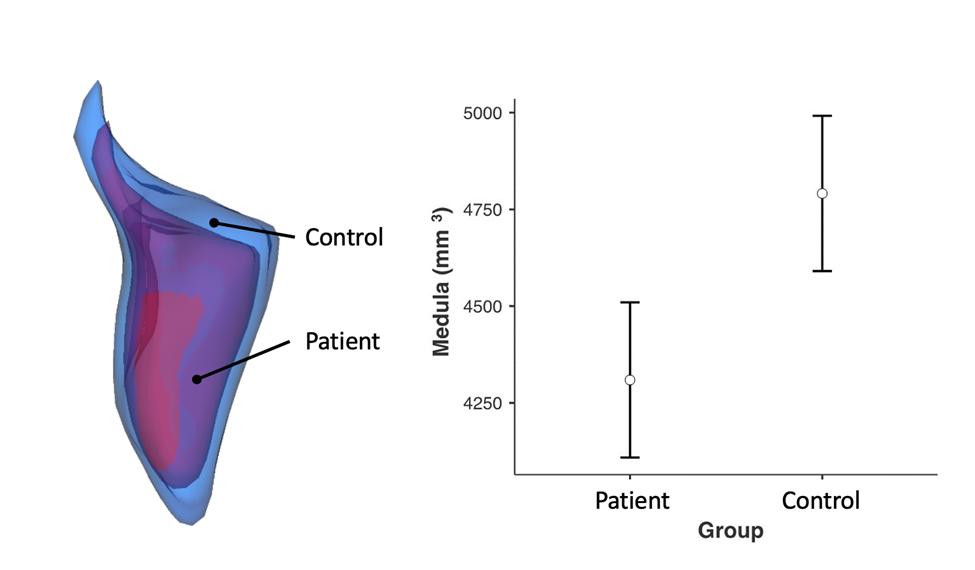Articles
Article Tools
Stats or Metrics
Article
Original Article
Exp Neurobiol 2024; 33(1): 18-24
Published online February 29, 2024
https://doi.org/10.5607/en23034
© The Korean Society for Brain and Neural Sciences
Exploring Brainstem Structural Abnormalities: Potential Biomarkers for Panic Disorder
Hye-Min Kim1, Chanmi Kang2, Boram Chae1, June Christoph Kang2* and Ho-Kyoung Yoon1*
1Department of Psychiatry, Korea University Ansan Hospital, Ansan 15355,
2Department of Brain and Cognitive Engineering, Korea University, Seoul 02841, Korea
Correspondence to: *To whom correspondence should be addressed.
June Christoph Kang, TEL: 82-2-6401-0199, FAX: 82-2-929-1917
e-mail: cnsla@korea.ac.kr
Ho-Kyoung Yoon, TEL: 82-31-412-5140, FAX: 82-31-412-5144
e-mail: hkhkgogo@korea.ac.kr
This is an Open Access article distributed under the terms of the Creative Commons Attribution Non-Commercial License (http://creativecommons.org/licenses/by-nc/4.0) which permits unrestricted non-commercial use, distribution, and reproduction in any medium, provided the original work is properly cited.
Abstract
Panic disorder (PD), characterized by recurrent and intense panic attacks, presents a complex interplay between psychological and neurobiological factors. Although the amygdala and hippocampus have been studied extensively in the context of PD, the brainstem’s involvement remains relatively underexplored. This study aims to address this gap by examining structural abnormalities within specific brainstem regions, including the medulla, pons, and midbrain. The study sample population comprised twenty-one adult patients diagnosed with PD and an age-gender-education-matched control group. Utilizing rigorous inclusion and exclusion criteria, confounding factors related to comorbid psychiatric conditions and brain structure abnormalities were minimized. Our findings revealed a significant reduction in medulla volume among PD patients, a finding that persisted even after correcting for individual differences in total intracranial volume. The medulla’s role in cardiovascular regulation and autonomic function, coupled with its involvement in fear responses, underscores its potential significance in the pathophysiology of PD. This study elucidates the medulla’s structural abnormalities as a potential biomarker for PD. Understanding the role of the brainstem in PD could pave the way for more targeted and effective interventions for this condition.
Graphical Abstract

Keywords: Autonomic nervous system, Brain stem, Medulla oblongata, Panic disorder


